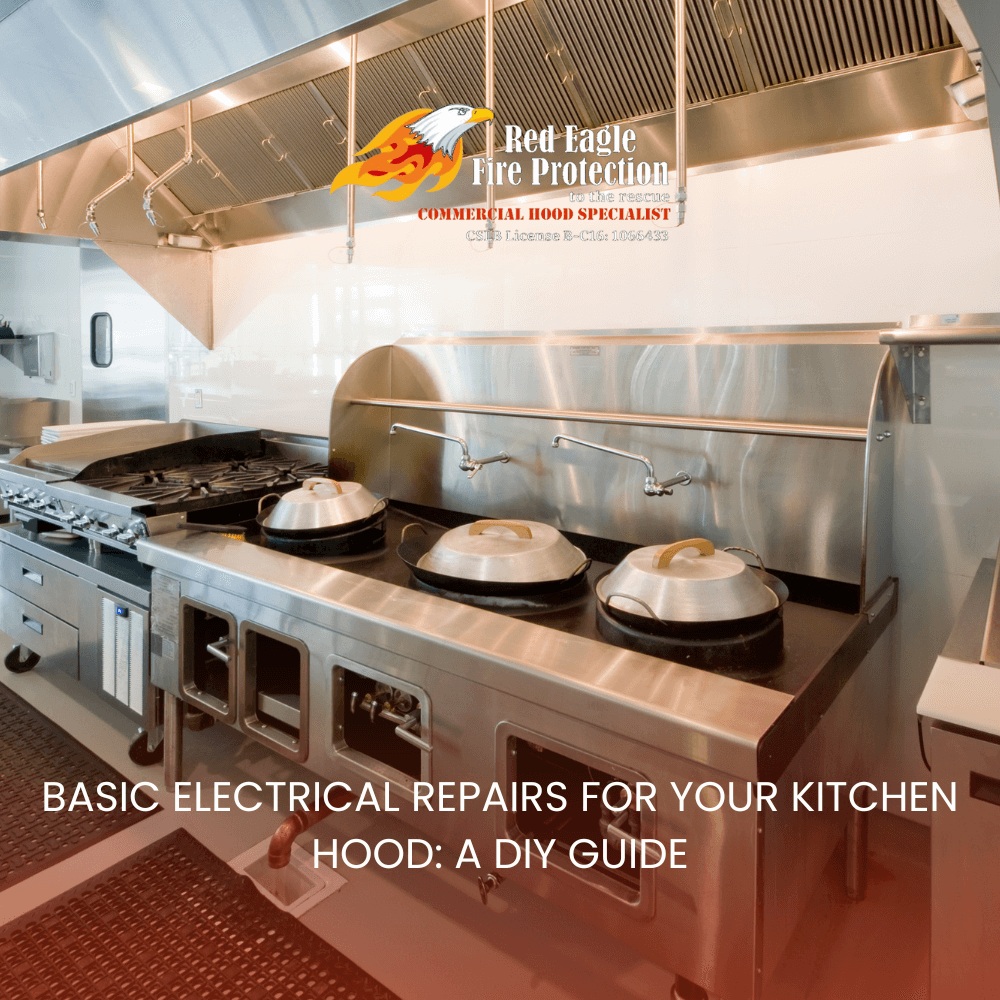Your kitchen exhaust hood is a crucial component of your kitchen, responsible for maintaining air quality by removing smoke, odors, and grease. Over time, wear and tear can lead to performance issues. While some problems require expert help, many kitchen exhaust hood repair tasks can be done on your own. In this guide, we’ll walk you through common DIY repairs to keep your kitchen hood functioning efficiently without hiring a professional.
Cleaning and Maintaining Your Kitchen Hood Filters
One of the simplest yet most effective ways to maintain your kitchen exhaust system is by regularly cleaning the filters. Grease and debris accumulate in the filters, reducing the hood’s effectiveness. Remove the filters and soak them in warm, soapy water. Use a brush to scrub away grease and allow them to dry completely before reinstalling. Keeping filters clean ensures optimal airflow and prevents clogging, which can lead to costly kitchen exhaust hood repair.
Tightening Loose Screws and Fasteners
Over time, the vibrations from your kitchen hood can loosen screws and fasteners, leading to rattling sounds and decreased stability. A simple DIY solution is to check all visible screws and tighten any that are loose. This prevents further wear and tear and keeps your hood securely mounted. Regular checks can avoid the need for more serious kitchen exhaust hood repair in the future.
Replacing Non-Working Lights
If the lights in your kitchen exhaust hood burn out, replacing them is a straightforward DIY task. First, make sure the power is turned off to avoid electrical hazards. Unscrew the old bulbs and replace them with new ones of the correct wattage. This quick fix can restore visibility in your kitchen and keep your kitchen hood functioning properly without professional help.
Cleaning the Fan Blades
Dirty fan blades can hinder your kitchen exhaust system from effectively ventilating the kitchen. To clean the fan blades, turn off the power and remove the fan cover. Use a cloth or brush to gently remove any accumulated grease and dust. Regular cleaning helps maintain airflow and prevents the motor from overworking, reducing the likelihood of major kitchen exhaust hood repair needs.
Inspecting the Ductwork
If you notice reduced ventilation, it may be due to a blockage in the ductwork. For a DIY inspection, check the ducts for any visible debris or obstructions. If accessible, clean the ducts using a vacuum or flexible brush. Maintaining clear ductwork improves airflow and keeps your kitchen exhaust hood running efficiently without professional intervention.
The Importance of Professional Help
While many kitchen exhaust hood repair tasks can be handled on your own, some problems are best left to professionals. Electrical issues, motor replacements, and major ductwork problems require the expertise of a trained technician. For complex repairs, working with a professional ensures your hood functions safely and efficiently, preventing further damage and ensuring the longevity of your kitchen exhaust system.
By performing regular DIY maintenance such as cleaning filters, tightening screws, and replacing bulbs, you can extend the life of your kitchen exhaust hood without a professional. However, for more complex repairs, it’s always wise to seek professional assistance to avoid complications and ensure the job is done right.
READ MORE:

